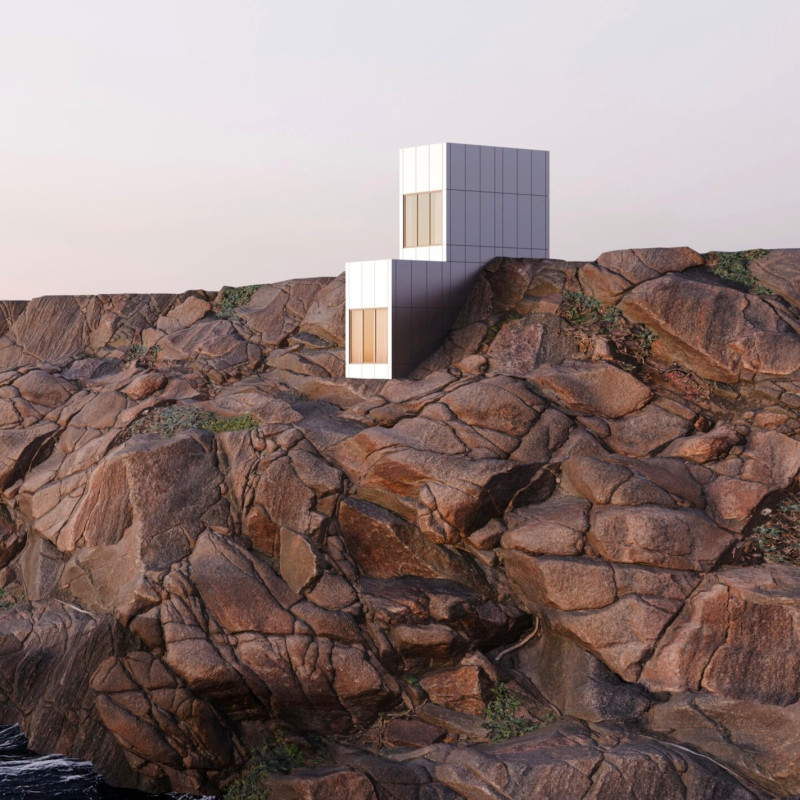5 key facts about this project
At first glance, the project captivates with its harmonious balance of materials and textures. The use of locally sourced stone not only grounds the structure within its context but also speaks to sustainability, a central tenet of modern architectural practice. Complementing the stone, large expanses of glass provide transparency and natural light, creating a fluid connection between the interior and the outdoor environment. This choice of materials facilitates passive solar heating and reduces energy consumption, embodying an environmentally conscious approach to architecture.
Functionally, the project serves a dual purpose, offering both public and private spaces that are adaptable to various uses. The layout is designed to foster community engagement, with open areas that encourage interaction, while also providing secluded spaces for reflection and relaxation. The careful arrangement of rooms and transition spaces reflects an understanding of human behavior and the necessity for varying degrees of privacy and openness.
Unique design approaches are evident throughout the project. For instance, the integration of green roofs and vertical gardens not only enhances the aesthetic appeal but also contributes to biodiversity and improved air quality. These features underscore a commitment to sustainable architecture that prioritizes environmental stewardship and resourcefulness. Furthermore, the strategic use of overhangs and awnings mitigates solar heat gain while providing shelter, demonstrating a pragmatic response to the local climate.
Attention to detail is paramount within the architectural design, with elements such as custom millwork and ergonomic furniture enhancing the usability and comfort of the space. The incorporation of technology is also noteworthy, as smart building systems optimize energy use and improve user comfort through automated controls for lighting, heating, and cooling.
The project employs a clear architectural language that aligns with both contemporary and traditional influences. The façade's rhythm, achieved through a careful arrangement of windows and structural elements, creates a sense of movement and invites exploration. This thoughtful composition speaks to a coherent design narrative, where each element serves a purpose while contributing to the overall visual impact.
Additionally, the architectural plans and sections showcase the project’s intent, revealing the intricate relationships among spaces. The diagrams illustrate how the connectivity between different functions is facilitated, enhancing the flow of movement within the building. An exploration of these architectural ideas further illustrates the innovative strategies employed to meet both immediate and long-term needs.
In summary, this architectural project stands as a testament to the effectiveness of combining thoughtful design with practical sustainability. The harmonious integration of materials, the consideration of spatial relationships, and the innovative features all contribute to a well-rounded architectural solution. For a more in-depth understanding of this exemplary project, including its architectural plans, sections, and broader design philosophies, readers are encouraged to delve deeper into the project presentation for further details.


























